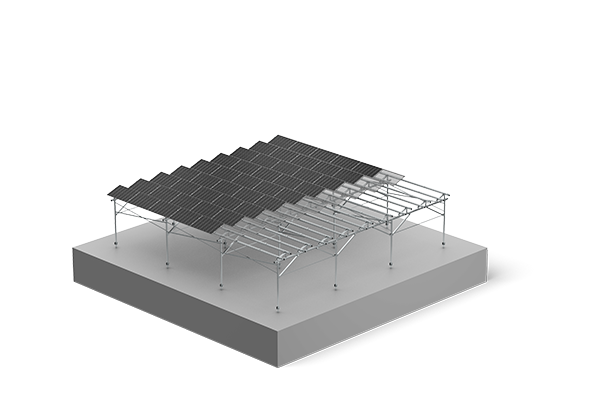As global food demands continue to rise, the integration of renewable energy with farming practices has gained significant attention. One innovative approach to this integration is the agrivoltaics mounting system, a concept that allows agricultural activities and solar power generation to coexist on the same land. Antai Solar has developed advanced solutions in this field, providing customized structures that meet the unique requirements of agricultural applications.

Flexible Design for Agricultural Integration
Unlike traditional solar installations, the agrivoltaics mounting system is specifically engineered to support agricultural production beneath the panels. They understand that crop growth requires sufficient sunlight, ventilation, and accessibility for farming equipment. That’s why they design their systems with adjustable panel heights, variable row spacing, and optimal tilt angles to create a favorable growing environment. This flexibility allows farmers to continue cultivating crops or raising livestock while simultaneously generating renewable energy, resulting in dual land use and improved land efficiency.
Sustainable Development and Economic Benefits
The adoption of an agrivoltaics mounting system not only enhances agricultural productivity but also contributes to sustainability goals. By utilizing land for both farming and solar energy production, communities can reduce their carbon footprint while increasing food supply. Antai Solar collaborates with industry partners and researchers to refine their systems, ensuring that both crop yields and energy generation can be maximized without compromise.
Additionally, farmers can benefit from stable income streams by selling excess solar power to the grid, providing economic resilience in regions affected by unpredictable agricultural markets. This combination of environmental responsibility and financial gain makes agrivoltaics a forward-thinking investment for modern agriculture.
Conclusion
Antai Solar demonstrates a clear commitment to promoting sustainable land use through their agrivoltaics mounting system. Their flexible, durable, and practical designs make it easier for agricultural producers to embrace renewable energy without sacrificing productivity. By bridging the gap between agriculture and solar power, they are helping to shape a more sustainable and prosperous future for both farmers and the environment.

